What are the characteristics and functions of "cup test"? How to proceed?
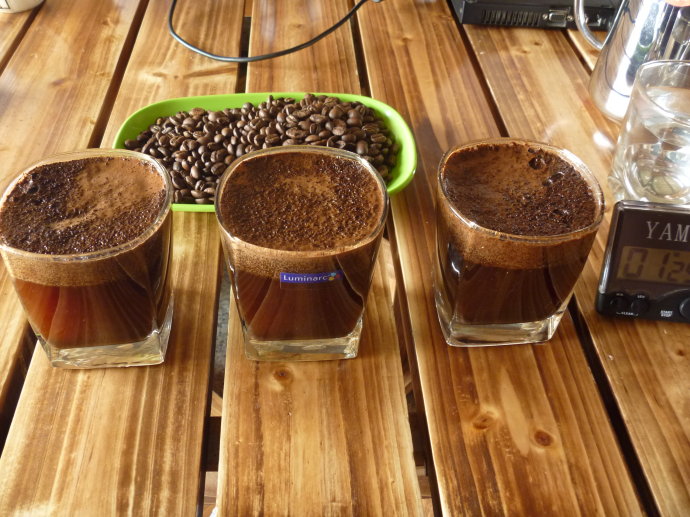
Friends who will ask "Cup Cupping" should have a certain understanding of coffee, and will ask questions. Basically, we understand it as "industry standard".
The cup test is a standard that only fine coffee has, and it is almost obvious that the mature coffee cup test standard was formed after the 1990s. When it comes to cup testing, I have to mention coffee roasting again, because in the past European and American people drank coffee, especially in the 1960s, most of them only chose their roasting methods. There was no standard for roasting methods at that time, only habits, and each roaster was identified as deep and deep. It was not until 1996 that the Agtron Egstrong value table appeared that the baking was carried out to the basic standard. If you want to know more about it, you can check the Agtron value yourself. The cup test is very related to the production area of roasting and raw beans, because the cup test Cupping measures the roasted coffee beans, and the degree of roasting can show many flavors. The basic ones are:
Aroma is the intensity of the aroma when coffee is brewed;
Body is the weight of coffee in the mouth;
Flavor is the taste of coffee in the mouth when it enters the mouth, like tasting red wine;
Acidity The style of coffee acidity, e.g. mild or sharp;
Sweetness is the sweetness intensity of coffee liquid retained in the oral cavity;
Aftertaste is the flavor and smell of coffee after it is tasted in the mouth and spit out.
Authorities such as SCAA and COE have more standards and requirements for cup testing, such as "Fragrance","uniformity","clean cup","mouth feel","overall impression","stain" and "fault".
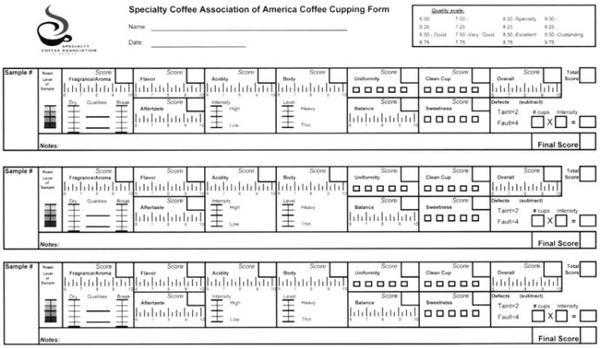
In addition to the evaluation criteria, the ratio of coffee beans to water during cup testing is also specified.
Water ratio: 8.25 grams of coffee beans with 150ml of water, the water temperature should be 92.2 - 94.4°C;
Cup measuring cup: tempered glass or ceramic materials should be used,
Cup capacity: between 207ml and 266ml,
Cup height: 3 to 3.5 inches
Cup diameter: 76 - 89 mm. All cups should be made of the same volume, size and material, with lids.
Spoon for cup testing: use antistatic metal material (mostly stainless steel), and the capacity of each spoon can be 4-5ml.
Of course, there are standards for roasting coffee beans, that is, to meet the Agtron #55-#60 mentioned above, including the thickness of the beans when the cup is measured, the beans are baked within 24 hours, even the size of the room when the cup is measured, the size of the cup table, the ventilation in the room, and the quality of the coffee are all standard. The controllable factors are set within a range to the maximum extent, so that the quality measured by the cup is objective as much as possible.
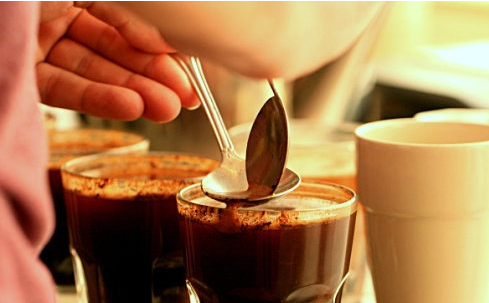
I think just like red wine, coffee is also divided into regions, estates, varieties…Of course, just like the EU has certification for red wine, all coffee beans participating in the "fine coffee" ranks will be Cupping, and the coffee grade will be determined through standard procedures and regulations. I think this is a good thing, let more people through this document to better understand the quality of coffee, everything depends on quality, quality also brings better income for coffee farmers, quality also makes coffee consumers have more assured quality.
For friends who are good at English and interested in further understanding, please refer to the following links:
SCAA Association coffee cup testing rules flow
http://scaa.org/PDF/PR%20-%20CUPPING%20PROTOCOLS%20V.20OCT2009A.pdf
=========================================================
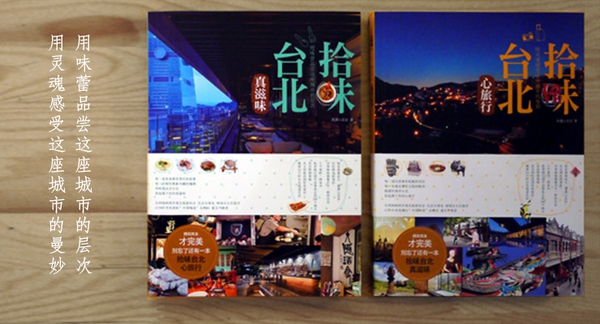
Author introduction: Egg IN Beijing
Author of Taiwan Free Travel Food Travel Books "Taste Taipei-True Taste" and "Taste Taipei-Heart Travel";
Founder of CafeDeSOFA
Important Notice :
前街咖啡 FrontStreet Coffee has moved to new addredd:
FrontStreet Coffee Address: 315,Donghua East Road,GuangZhou
Tel:020 38364473
- Prev
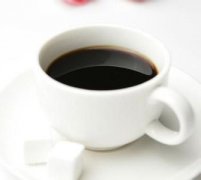
What is good coffee?
What kind of coffee is good? It's a little embarrassing to be asked all the time, and it's a little embarrassing to be asked in a timely manner. It's like being asked what kind of delicious food is. What kind of book is good? What seems to be a low IQ question is quite brain-consuming to answer, because it has too many answers and no standards. But think about it.
- Next
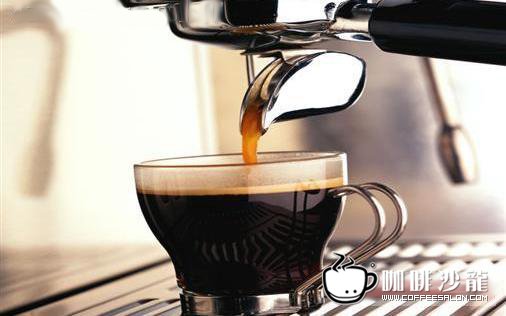
How to do well the extraction technology of a cup of Espresso:Esp
Over the past two years, more and more friends have joined the ranks of espresso, which can be said to be an unprecedented increase. I would like to share some personal experiences and summaries here to avoid a large cultural background and serve only as a technical tutorial for a good drink or cooking a good dish. First, enough fine and uniform coffee powder esp extraction has a higher pressure, so it is necessary to use enough fine powder. On the premise of detail
Related
- What is the meaning of lactic acid fermentation with coffee bean treatment?
- How to judge the state of foam by sound?
- How does the latte pull out the unicorn pattern? Come to get for a little trick to improve the flower pull!
- Will flower pulling affect the taste of the latte?
- Do you know the history of coffee?
- The difference between honey treatment and sun washing what is raisin honey treatment?
- What kind of milk can a novice use to make coffee foam to keep the foam longer? The correct method and skills of milking tutorial sharing
- Why do washed coffee beans taste sour? Flavor characteristics of washed Coffee
- Introduction to the skill of how to practice the size and height of water injection around the circle of hand-brewed coffee
- How do beginners practice coffee flower drawing from scratch?

